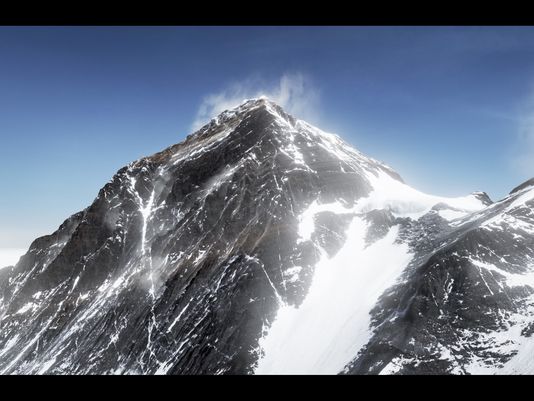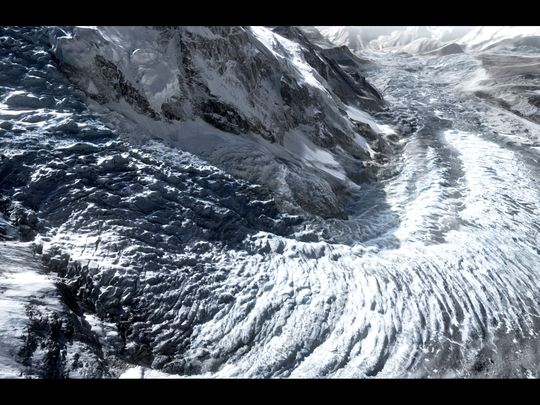Icelandic VR Experience Takes You To The Mount Everest

You can’t go regularly to the Himalayas just for the Mount Everest. Luckily, one VR company promises to give a one-of-a-kind VR experience that takes you right at the highest mountain on Earth, all without leaving the comforts of your home.
Solfar, an Icelandic VR content company, launches Everest, one of its two VR titles due in 2016. Next year promises to be huge for VR with the expected release of Oculus Rift, HTC Vive, Sony Morpheus and other high-end virtual reality headsets tethered to desktop computers that generate out-of-body experiences.
While VR’s impact on gaming promises to be explosive, this novel piece of technology is also expected to become a consumer staple especially in informative VR experiences that could only be made possible by going to other places.
Solfar created the realistic imagery of the Mount Everest thanks to a technique called stereophotogrammetry. According to Kjartan Pierre Emilsson, CEO of Solfar, this VR capture technique consists of taking pictures from different angles and then using supercomputers to create a three-dimensional image with color details at a resolution up to 10 centimeters.

Solfar’s Everest was produced in partnership with RVX, or Reykjavik Visual Effects, an Icelandic movie effects company that worked on the recent feature film Everest with Jake Gyllenhaal, which chronicles the deadly 1996 climb recounted by writer and participant Jon Krakauer in his best-seller Into Thin Air.
The same technology RVX used to sample and recreate Everest for the film was then used for Solfar’s VR experience. RVX creative director Dadi Einarsson says in many ways seeing Everest from inside a VR goggle is at times more impressive than being in the real place.
Emilsson says that level of realism is still a few years off, but he anticipates VR ultimately will be able to make us feel like we almost went somewhere for real.
The Everest experience will not be made available for smartphone-powered VR headsets, as with the Google Cardboard or Samsung Gear VR. According to Emilsson, Everest will be requiring a high-specced tethered VR headset such as the Oculus Rift or the HTC Vive.
For more information on Solfar’s Everest, please visit the following websites:
http://www.solfar.com
https://www.facebook.com/solfarstudios
http://www.inventure.fi/introducing-newest-investment-solfar-studios/

